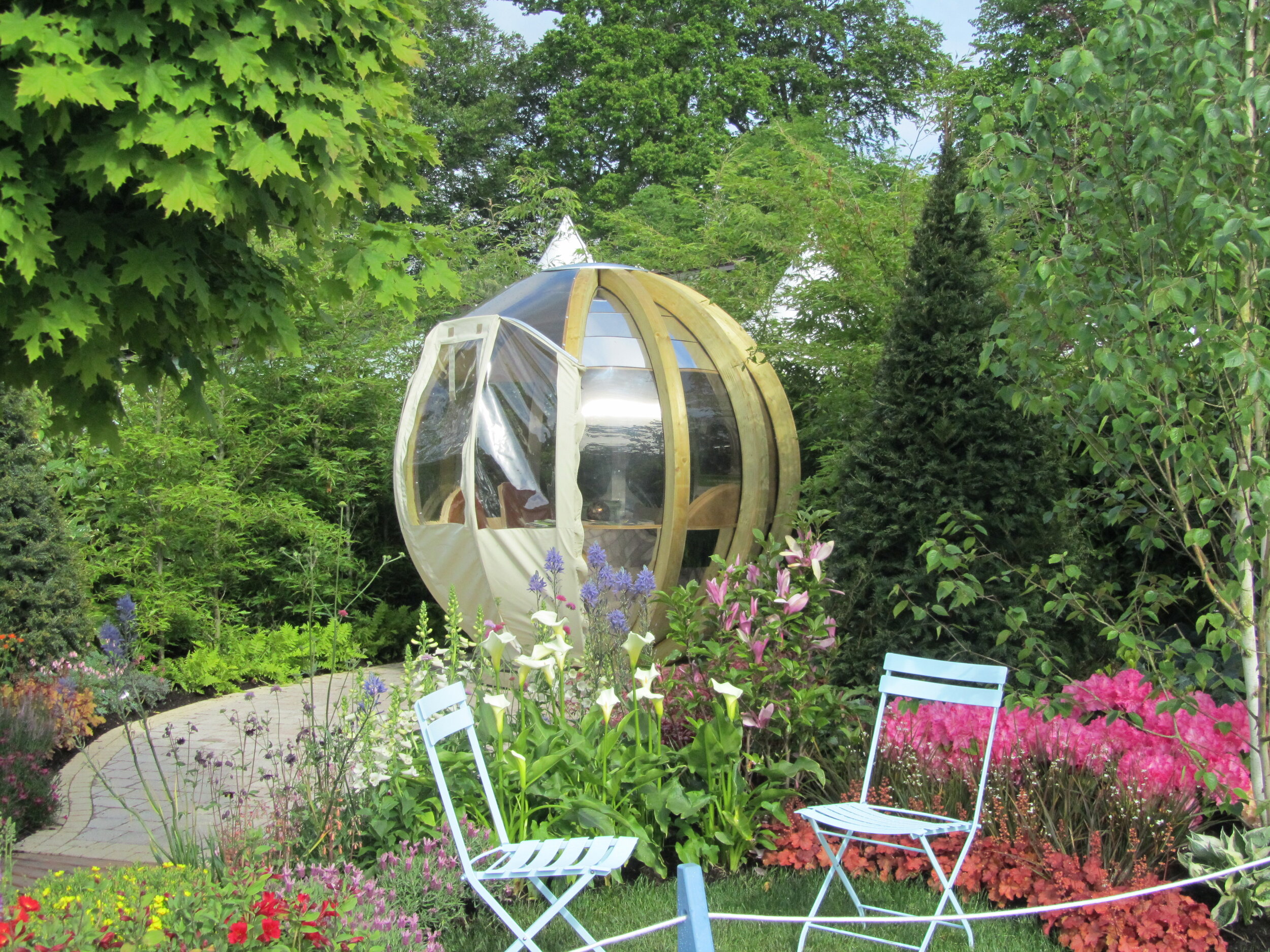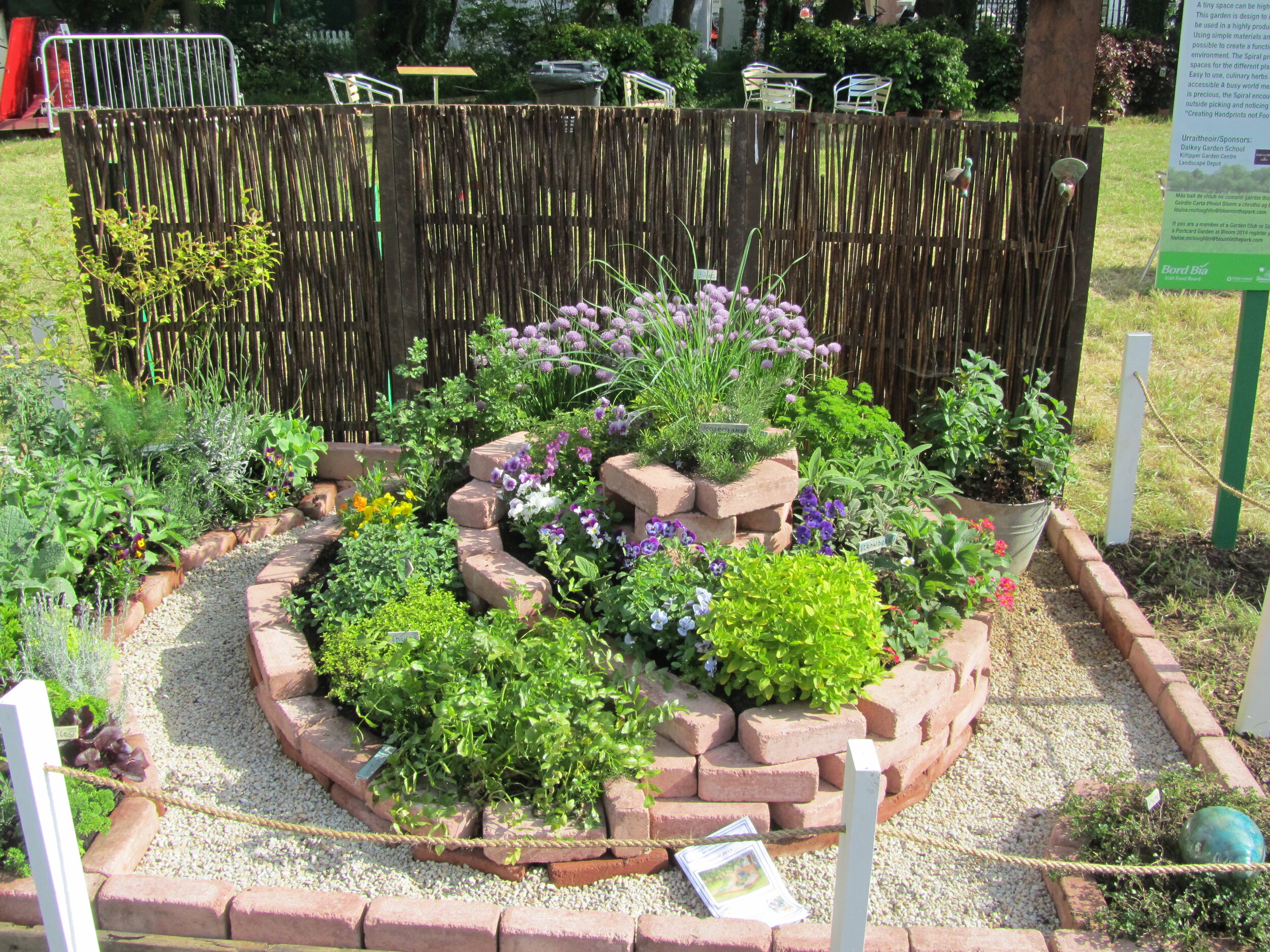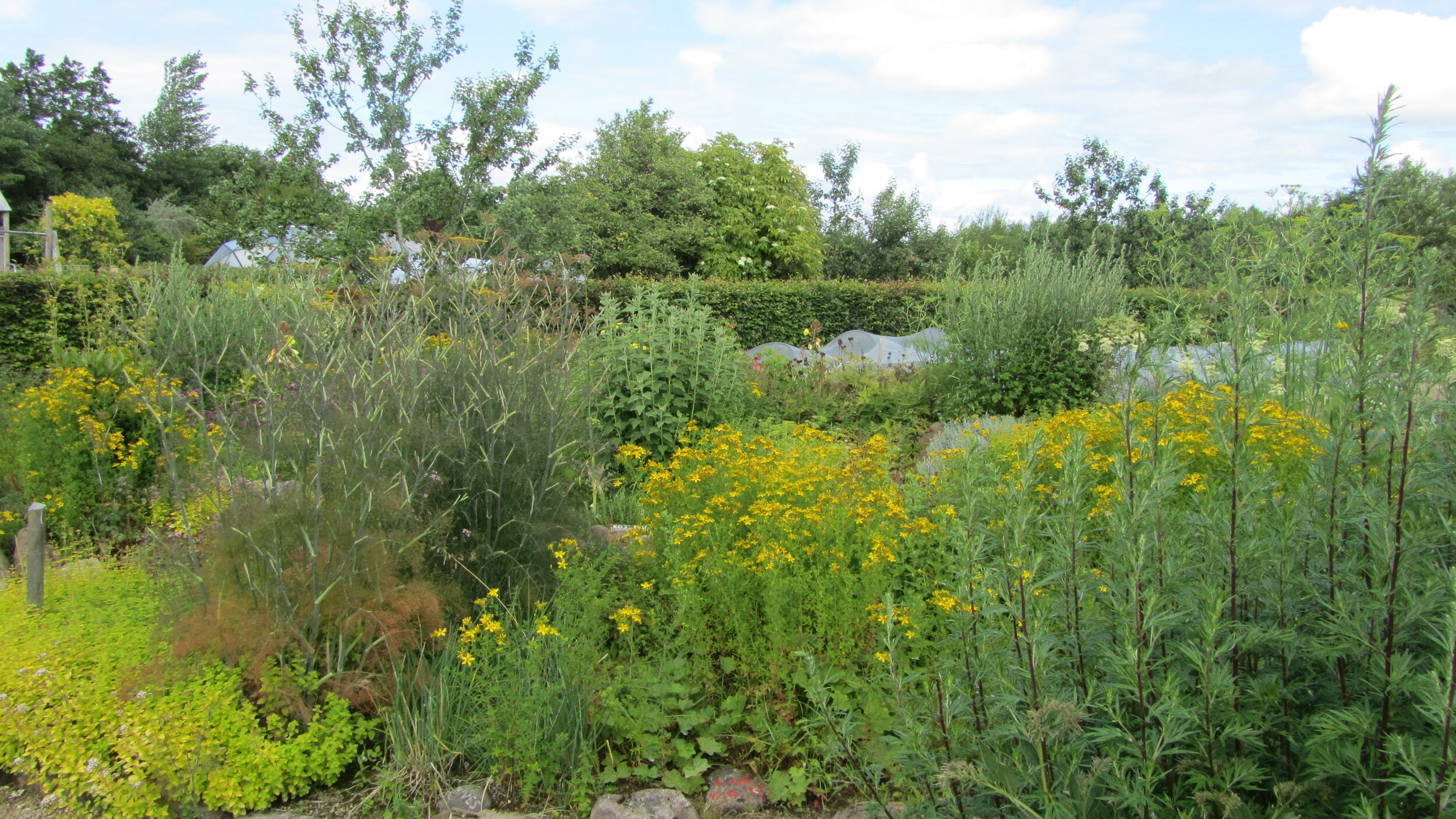Gardens for all senses
If we have learned one thing over the course of the last year, it is the healing power of nature and the joy, happiness and fun interacting with the natural world can bring. Having all our senses stimulated through nature is so beneficial to our wellbeing and a garden is one of the best places for it. French “potagers” or German “Bauerngaerten” have always tried to combine edible and ornamental plants in stunning designs. And although every garden is a senses garden there are also specially designed sensory gardens.
A Blueprint for a Senses Garden
I still vividly remember bringing visitors on a tour to the senses garden in The Organic Centre in Leitrim, established by the late Jill Scott and her husband Mark about twenty years ago. Five large raised beds dedicated to our five senses were planted with grasses that made different sounds when brushed with our hands, there where hairy leaves and fleshy and prickly leaves when touched, colourful flowers drew your eyes, there where scented herbs and tasty salad leaves.
I know this small area became a blueprint for a range of educational and recreational applications in schools, day care centres and nursing homes: Used in education of special needs students, in horticultural therapy and in the care of people with dementia.
The Benefits of a Sensory Garden
What makes designed sensory gardens so exciting are the endless possibilities they can provide: A simple community garden with tasty food plants and wildlife friendly areas such as hedges; calming, zen like areas with scented plants and restful seating; a therapeutic space for people to recuperate from illness or stress; an outdoor classroom full of exciting things to do; an accessible and safe space for people who have lost a sense and a wheelchair friendly garden.
Besides plants and natural features, sensory gardens can also include surfaces and objects that stimulate our senses through touch, sight, scent, taste and hearing. Whether you have a large space or a small balcony, there are so many ideas you can explore to create a sensory experience. The sale of house plants increased manyfold in the last year, especially in people with no outdoor spaces and “windowsill gardens” have mushroomed. A sure sign of our deep craving for nature and the comfort plants can provide in difficult times!.
Sight, Sound, Smell, Taste, and Touch
Sensory gardens focus on the positive emotions they create.
Sight – While colours provide the most visual appeal, this sense can also be stimulated by growing habits from creeping to climbing and trailing to standing upright – uplifting and joyful.
Sound - Wind blowing through your garden can have devastating consequences for your plants, therefore natural shelters like a native hedge are not only beneficial for your plants, they will attract wildlife like birds who will entertain you all year long with their song – relaxing and calming.
Smell – The sense of smell stimulated by highly aromatic plants can often trigger memorable experiences and bring you back in time – refreshing and stimulating.
Taste – In my view the most exciting sense fuelled by edible fruits, herbs, spices and vegetables – fulfilling and satisfying.
Touch – Like no other sense, this physical experience can be painful in the extreme, think nettles or roses or gorse. Planting with touch in mind should exclude dangerous textures and concentrate on leave structures - soothing and stimulating.
How to increase the sensual value of our gardens
We know how our senses can trigger powerful emotions and ideally a garden of the senses should give us positive emotions: Looking at tulips can be uplifting and joyful, hearing water flow can be relaxing, smelling mint is refreshing, tasting strawberries can be satisfying and touching the bark of a tree can be invigorating. Many gardens will provide sensual experiences all year round, just think about trees and their leaves, or herbs and their scents. Two of my favourite plants for all senses are lavender and rosemary. To find out more about your garden I encourage you to do the following, it is a widely practised
Destress Exercise
This multi-sensory practice can help you calm and focus your mind. Find your favourite spot in your garden, take a deep breath and focus on:
· 5 things you can see
· 4 things you can touch
· 3 things you can hear
· 2 things you can smell
· 1 thing you can taste
After the exercise note what you feel is missing and how you can improve stimulating your senses. In general augmenting your garden with native plants is best as they are used to the environment, less susceptible to diseases and lower on maintenance. That is not to say you shouldn’t try rare and more exotic plants that will entice your senses. We planted a magnolia tree recently for the sheer pleasure of the white flowers with their sweet fragrance.
Create that magic spot
In doing the above exercise you might have found your favourite spot in your garden or noticed the absence of a place to relax and enjoy nature. If it was the latter then it might be time to create a spot that is most beneficial to ALL your senses. This could be a bench beneath your favourite tree or in a place with the best view or surrounded by flowers and herbs or hidden away near a hedge or in a deck chair in your polytunnel.
…and if you have no garden find that resting spot on your daily walks, that most stimulates your senses or sit on the edge of a forest and let yourself be surprised!






